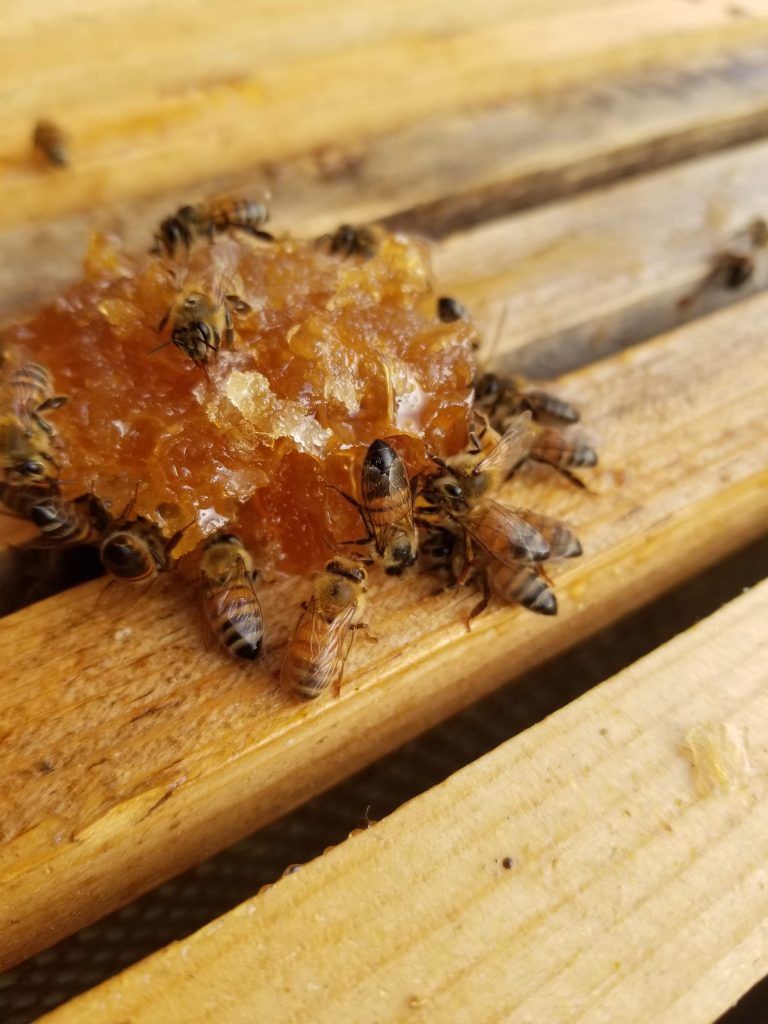Lorenzo Lorraine Langstroth (1810-95) was a native of Philadelphia and could be considered the father of modern beekeeping. In 1831 he graduated from Yale and was an ordained minister, but his work as a minister and teacher was limited due to severe depression. This did not impact his patient and keen ability to observe the world around him, specifically honey bees.
He was a beekeeper and, as beekeepers before him, he collected honey at the expense of the beehive: the destruction of the hive, and in some cases, the honey bee colony, was necessary to collect honey. As a result of his creativity, ingenuity and desire to preserve the colony and their hive while collecting honey, Langstroth developed the movable-frame hive. In 1852 Langstroth patented his invention. He recognized the importance of bee space for the optimal, managed hive design.
“Bee space” is used to distinguish the corridor bees require to move about the hive: 1/4 to 3/8 inch. In space less than this amount, honey bees will fill the gap with propolis, a substance bees produce that is a combination of resins from certain trees and beeswax. While propolis is a great nuisance to beekeepers because it is tough and sticky, it has proven to be valuable to humans and to the honey bee colony.

Bee space greater than 3/8 can be filled by bees with burr comb, a natural honeycomb intended to be filled with honey, pollen (bee bread) or brood. From a beekeepers perspective, burr comb is undesirable. It can weld frames together and requires the destruction of comb, and comb contents, when removing frames from the hive, which is antithetical to a managed hive box that Langstroth designed.
In the managed beehive, the traditional design is a wooden box that holds parallel hanging frames on which honeycomb is created. The frames and box are movable and interchangeable, and bees can be more easily handled. Bee space is maintained to discourage bees from building burr comb and adding propolis.
While it may have been unintended, there is another important feature of Langstroth’s hive design: insight into bee behavior and the science of beekeeping was greatly facilitated and advanced.